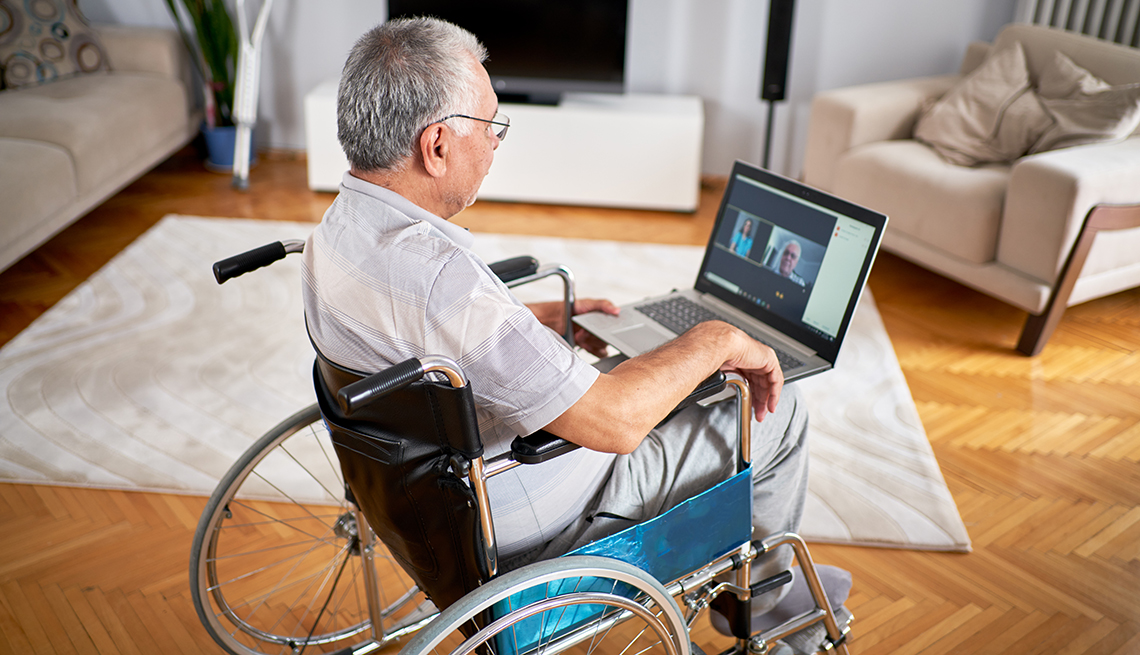
- Select a language for the TTS:
- UK English Female
- UK English Male
- US English Female
- US English Male
- Australian Female
- Australian Male
- Language selected: (auto detect) - EN
Play all audios:
At the same time, their expenses have surged, for COVID-related necessities like personal protective equipment, staff training and stepped-up infection control measures. The Centers for
Medicare & Medicaid Services (CMS) has distributed over $21 billion to help get facilities through the pandemic, but Bentley says the payments are a Band-Aid on a huge wound. WHEN COVID
SPURS INNOVATION The home health industry, meanwhile, has boomed. Jennifer Sheets, Interim HealthCare's CEO, says the company has seen a “huge demand increase … we've got double
and triple the referrals now coming in." Nursing homes faced growing competition from other health care providers even before the pandemic. An estimated three-quarters of U.S. hospitals
had fully or partially implemented computer-based telehealth plans in 2017, according to data from the American Hospital Association, up from just over a third in 2010. Technological
advancements helped move things along, but the pandemic and the relaxation of telehealth regulations turbocharged the transition. “For many, many years we've wanted to do virtual care
and remote monitoring in new and innovative ways. But there have been some obstacles and barriers and regulations,” says April Vogelsang, system senior vice president at the Illinois-based
Carle Foundation Hospital & Health Alliance Medical Plans. “COVID has really lifted that and allowed us to implement things within days or weeks instead of years." For Laura
Gordon-Nolan, 60, expanded telehealth options under her Kaiser Permanente insurance allowed her to complete a cardiovascular rehab program from her home in San Diego after recent quadruple
bypass surgery. Her doctors sent her a smartwatch that tracked her heart rate and her progress. “With something as traumatic as heart surgery, that gave me comfort knowing I was always in
contact with them,” she says of communication with doctors. Even for people who require round-the-clock care, nursing facilities are not the only rehab options after surgery. The Carle
Foundation Hospital is one of many now with “swing beds,” recovery units that offer 24-hour skilled nursing care in a hospital setting. After surgery, patients can transition to the beds in
the same hospital or transfer to a nearby facility — bypassing a nursing home or rehab facility. “They allow the ability to free up an inpatient bed and get that person out of a true
inpatient setting,” Vogelsang says. Because of COVID, experts say swing beds and home health services are likely to remain popular alternatives to nursing homes and inpatient rehab centers —
straining the nursing home industry's financial outlook. "There's a lot of concerns about putting a loved one into a nursing home: risk of infection, a lot of isolation,
things going on to contain the infection,” Werner says. “There will likely be nursing homes that end up having to close as a result, and consolidation with declining occupancies."



